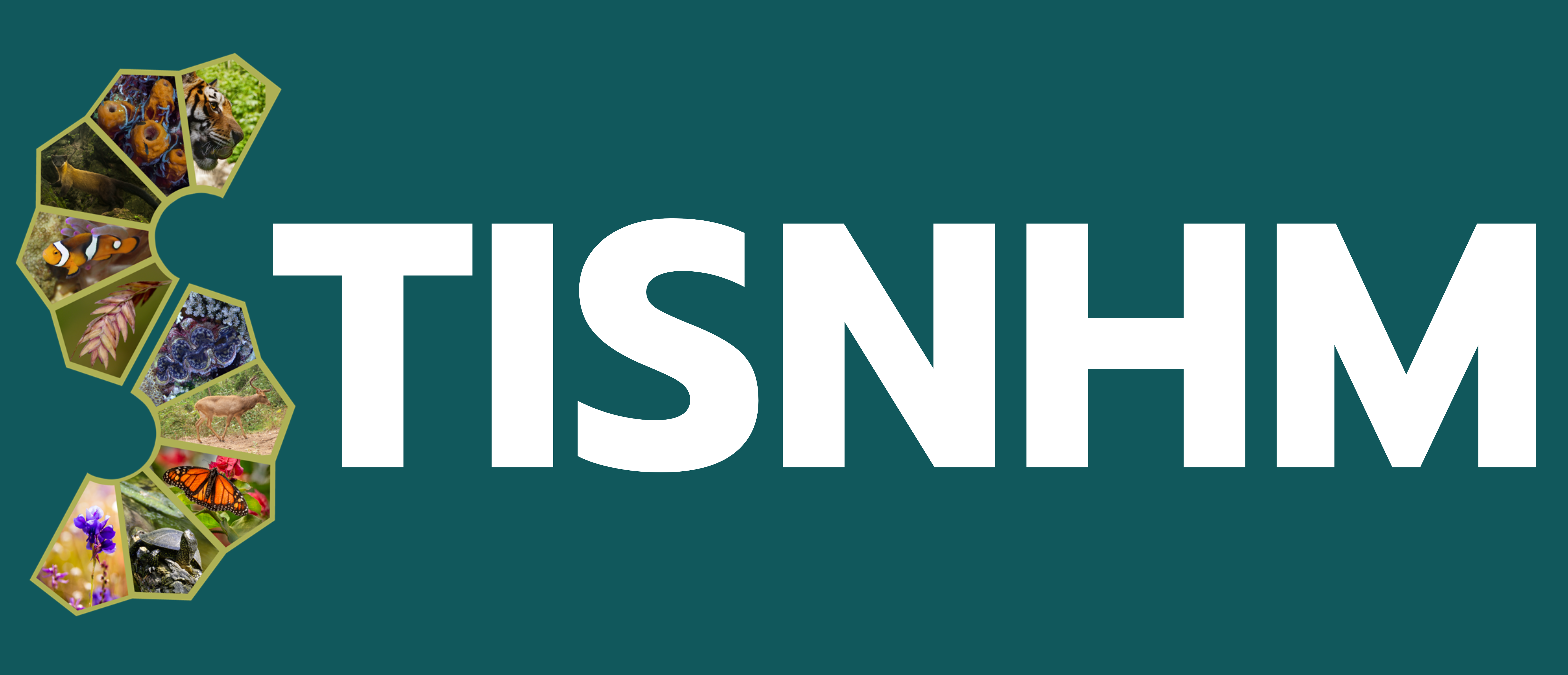- 41 views
Abstract
การศึกษาสัตว์เลี้ยงลูกด้วยนมในพื้นที่ป้ามรดกโลกทางธรรมชาติทุ่งใหญ่นเรศวร-ห้วยขาเข้ง โดยวิธีคิดตั้งกล้องคักถ่ายภาพอัดโนมัติ (Camera trap) จำนวน 50 จุดสำรวจ จุดสำรวจละ 60 วัน (60 Trap night) รวมระยะเวลาในการสำรวจทั้งสิ้น 3,000 Trap night จากการศึกษาพบสัตว์เลี้ยงลูกด้วยนม ทั้งหมด 40 ชนิด 34 สกุล 16 วงศ์ จาก 8 อันคับ โดยพบอันดับสัตว์ผู้ล่า (Camivore) มากที่สุดจำนวน 19 ชนิด รองลงมาได้แก่อันดับสัตว์กีคู่ (Ariodacty1a) จำนวน 8 ชนิด และอันดับสัตว์ฟันแทะ (Rodentia) จำนวน 6 ชนิด ตามลำดับ ค่าดัชนีความหลากหลายทางชีวภาพในพื้นที่เขตรักษาพันธุ์สัตว์ทุ่งใหญ่ ตะวันออกมีค่าสูงที่สุด (2.347) รองลงมาคือพื้นที่เขตรักษาพันธุ์สัตว์ป่าห้วยขาแข้ง (1.990) และพื้นที่ ขตรักษาพันธุ์สัตว์ป่าทุ่งใหญ่ตะวันดก (1.38) ตามลำคับ สัตว์เลี้ยงลูกด้วยนมที่มีระดับความชุกชุม มาก (Very common) พบ 1 ชนิด ได้แก่ กวางป่า (Rusa unicolor) สัตว์เลี้ยงลูกด้วยนมที่มีระดับความ ชุกชุมปานกลาง (Common) พบ 4 ชนิด ได้แก่ กระทิง (Bos ganrus) เก้งเหนือ (Muntiacus vaginalis) ช้ำงป่า (Elephas maximus) และหมูปัา (Sแs scrofa) สัตว์เลี้ยงลูกค้วยนมที่มีระดับความชุกชุมน้อย (Uncommon) พบ 4 ชนิด ได้แก่ ชะมดแผงหางปล้อง (Viverra ziletha) วัวแดง (Bos javanicus) เสือ โคร่ง (Panthera tigris) และเสือคาว (Panthera pardus) สัตว์เลี้ยงลูกด้วยที่นมที่มีระดับความชุกชุม น้อยมาก (rare) พบ 30 ชนิด เช่น กระต่ายป่า (Lepus peguensis) กระรอกท้องแคง (Callosciurus erythraeus) ควายป่า (Bubalus anee) และ ชะมคเช็ด (Vivericula indica) เป็นต้น
Abstract
Species diversity of mammals was caried out in Thungyai Naresaun - Hui Kha Kheang World Heritage site. Fifty stations in the three wildlife sanctuaries were selected. The camera traps were set up in 60 days/station (3000 days in total). Forty species of mammals in 34 genera, 16 families, and 8 orders were captured. The highest captured species were in the Order Carnivore (8 species), followed by Orders Artiodactyla (9 species) and Rodentia (7 species) respectively. The wildlife had the higher diversity index in Thungyai Naresaun East (H' = 2.347) than in Hui Kha Kheang (H' = 1.990) and Thungyai Naresaun West (H' = 1.138) respectively. The abundance of mammals can be divided into four levels. 1) very common was Rusa unicolor, 2) Four species: Bos gaurus, Muntiacus vaginalis, Elephas maximus and Sus scrofa were common species; 3) Four species: Viverra zibetha, Bos javanicus, Panthera tigris, and Panthera pardus were uncommon; and 4) 32 species, for instance Lepus peguensis, Callosciurus erythraeus, Bubalus arnee and Viverricula indica were rare species.
